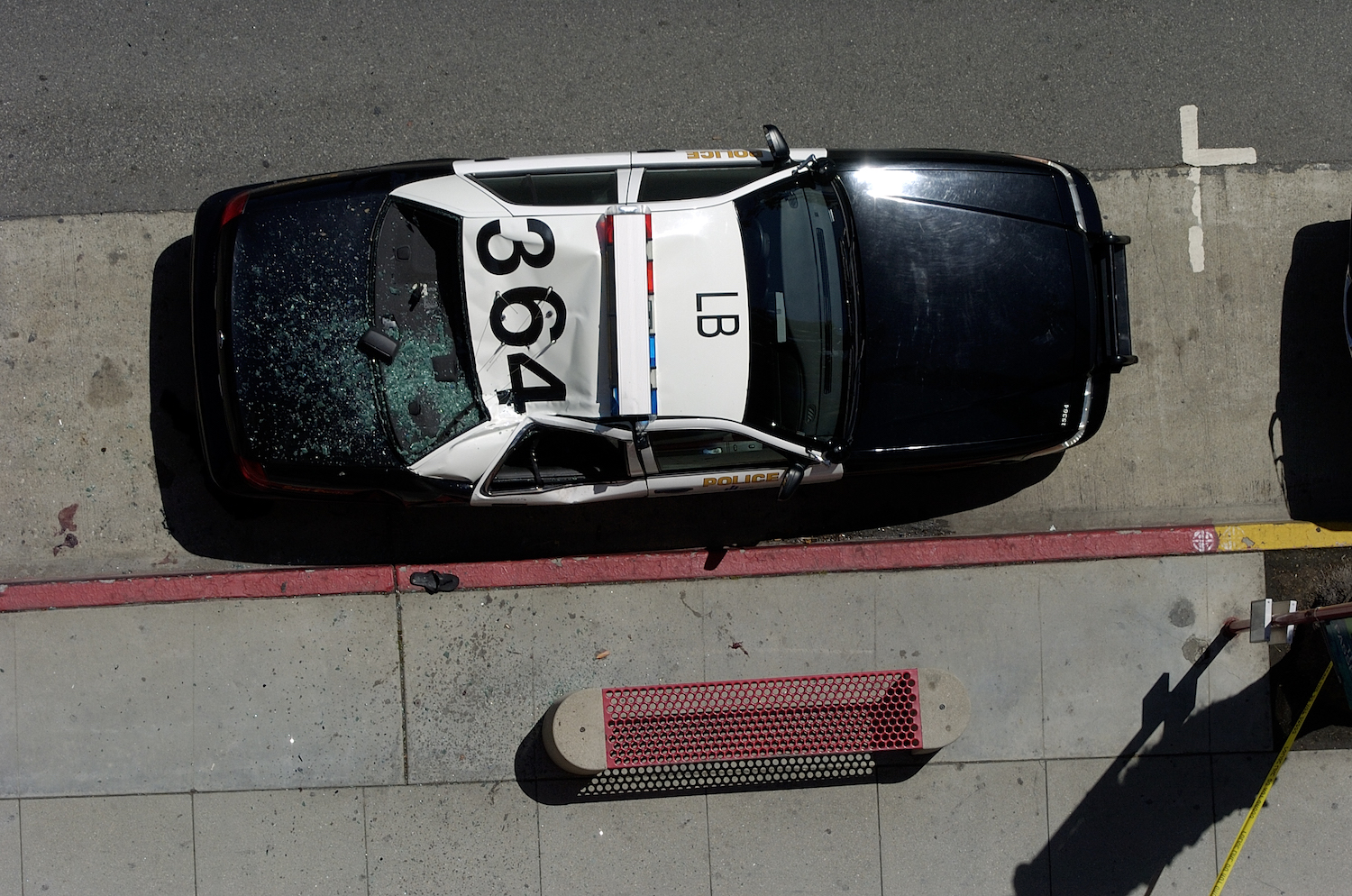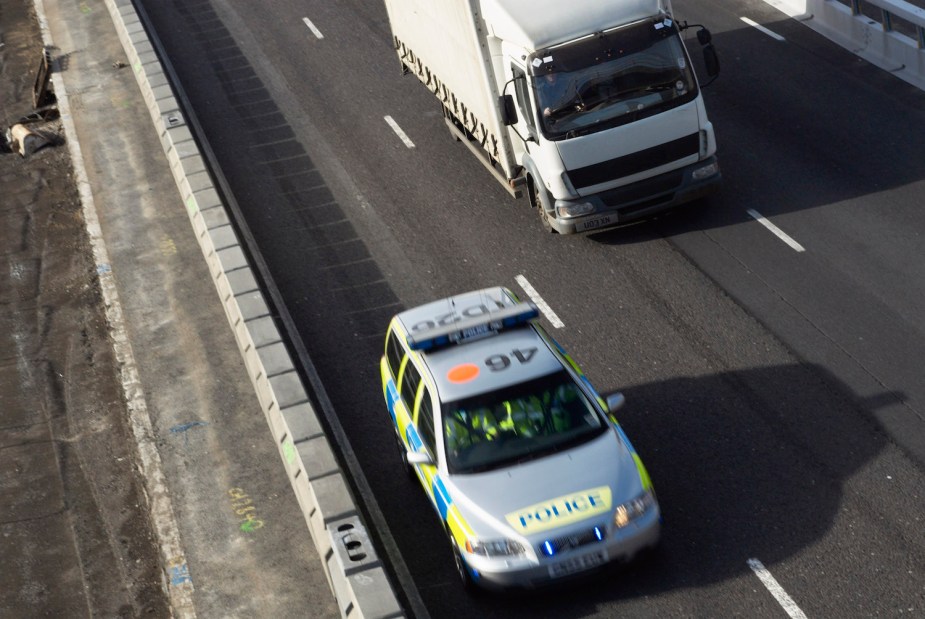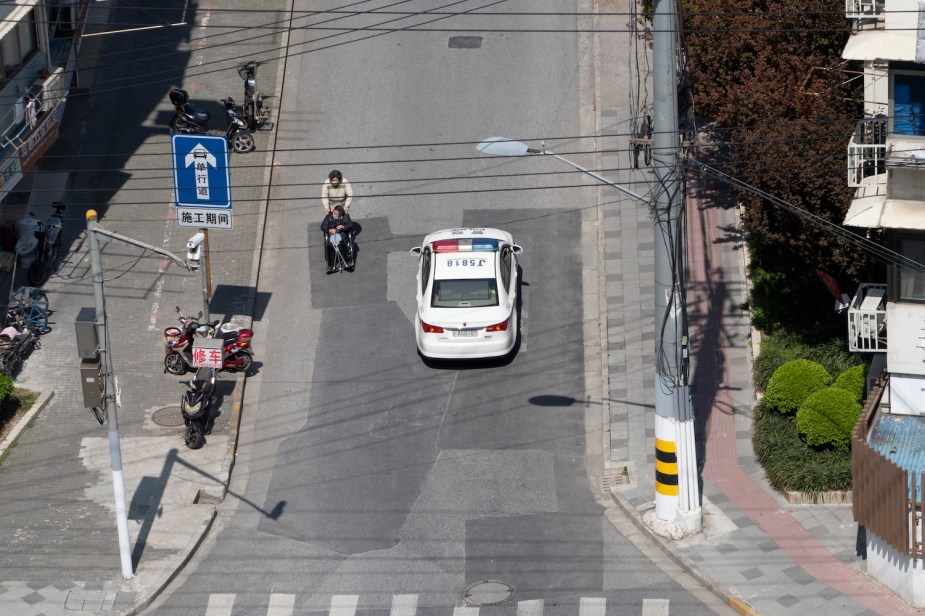Have you ever looked down from a bridge or from the top floor of a building and observed a police passing a car underneath? If so, you may have noticed a number written on the roof of the car. These numbers are often called air roof marks. Their goal is to make police cars instantly recognizable to authorities watching them from a helicopter or CCTV camera. Police cars are far from the only cars with aerial markings, and some of these numbers are not even visible to the naked eye.
Why do police cars have numbers on the roof?
Police cars have aerial markings on the roof – numbers and sometimes even letters – so they are recognizable from the air. This helps authorities identify which cars are police cars. But it also helps police officers in cars to communicate with aerial or CCTV.

RELATED: Why Do Some Truck Semi Trailers Have a Small Door Built into Their Main Door?
Imagine a police officer monitoring traffic through a helicopter or CCTV camera. He or she can see a speeding civilian and several police officers nearby. It is critical that they can quickly communicate which of the police vessels is closest to the dangerous situation.
Actual police car roof numbers vary by department, state, and country. For example, police cars in Australia often have air markings that start with two letters to indicate the vehicle’s department. In the UK, a shape or symbol on the roof of an emergency vehicle communicates its purpose.
What vehicles have air markings on the roof?
You might be able to imagine roof air markings on the white roof of a police car. But many other emergency vehicles, such as fire trucks or ambulances, also have roof markings. In addition, other municipal vehicles, such as public buses, may also have aerial markings on the roof.

RELATED: Why Do Some States Have Blue Lights on Police Cars and Others Have Red?
Here’s an example: since 2007, every ambulance in every European Union member state must carry a Red Cross and Crescent symbol or the Star of Life, which is the international symbol for medical aid. Why? So any authorities monitoring the traffic can quickly spot a speeding ambulance and call in advance to clear the way.
Many cities, such as London, require all public buses to carry aerial markings on the roof. There are several bus operators in London in particular. Each bus must therefore carry a three-letter code representing its operator. After this code, each bus carries a fleet number, also printed on the front and back of the bus.
What are roof thermal air markings?
Some police departments have implemented rooftop heat marking antennas to make their cruisers easier to spot after dark. These aerial markers are made of reflective marking film to reflect infrared light back to the thermal imaging cameras. But they are not visible to the naked eye.

RELATED: Why Do Some Police Cars Have Cameras on Their Trunks?
The United Kingdom is one place that uses heat marking on the roof of many of its police cars. According to a Home Office memo held in the UK National Archives, this is because UK authorities have found that police cars are difficult to identify after dark. Not only were the simple painted numbers hard to see, but even the light bar and other emergency equipment were hard to discern. Thermal roof markings solved this problem.
Then learn to identify unmarked police cars or check out the Ford Interceptor Utility roof air markings in the video below:
RELATED: Why Are So Many Police Cars Actually Police SUVs?